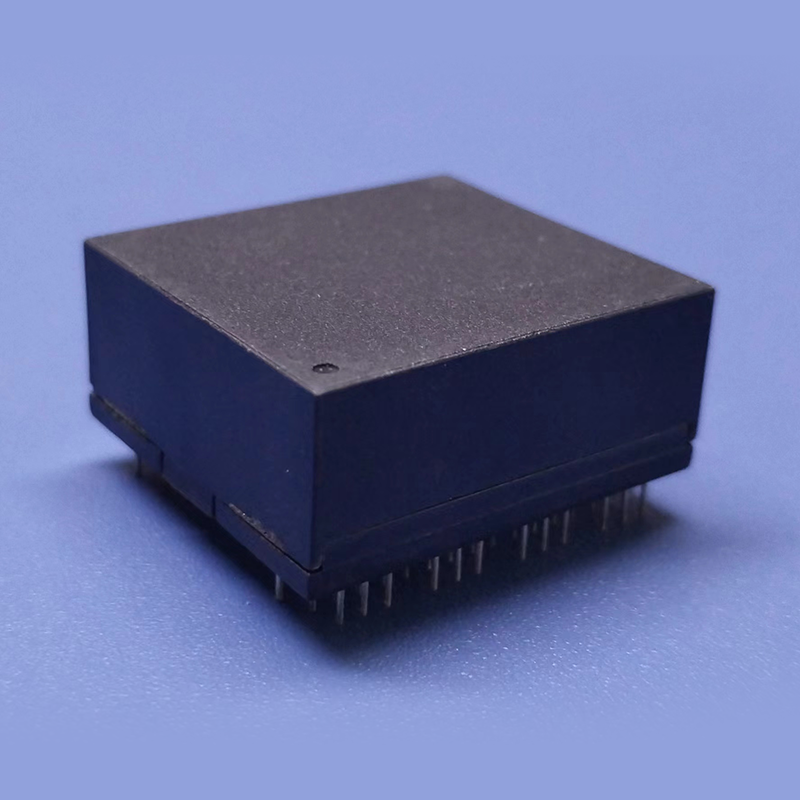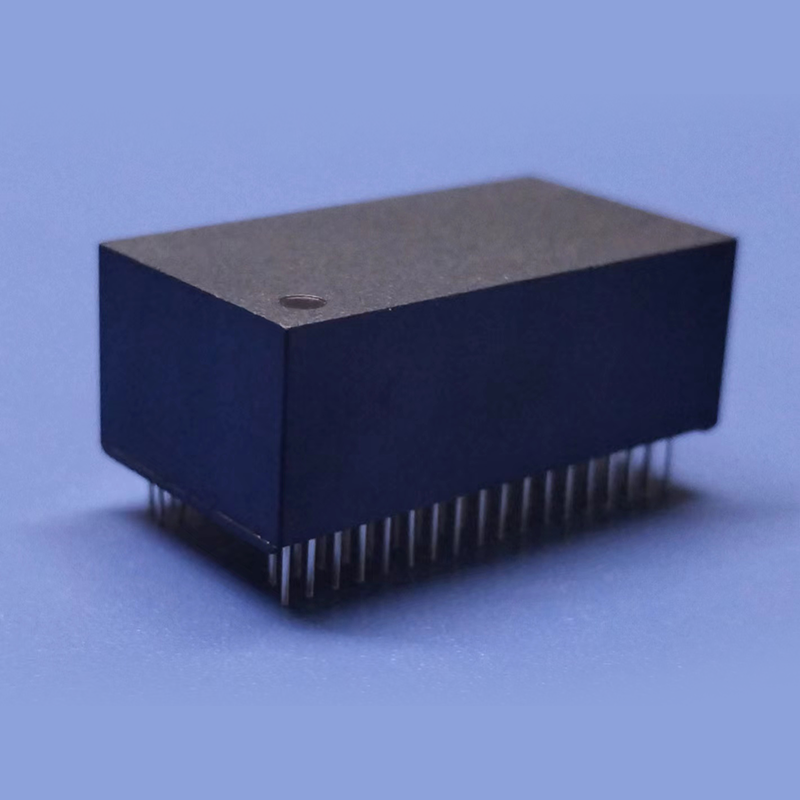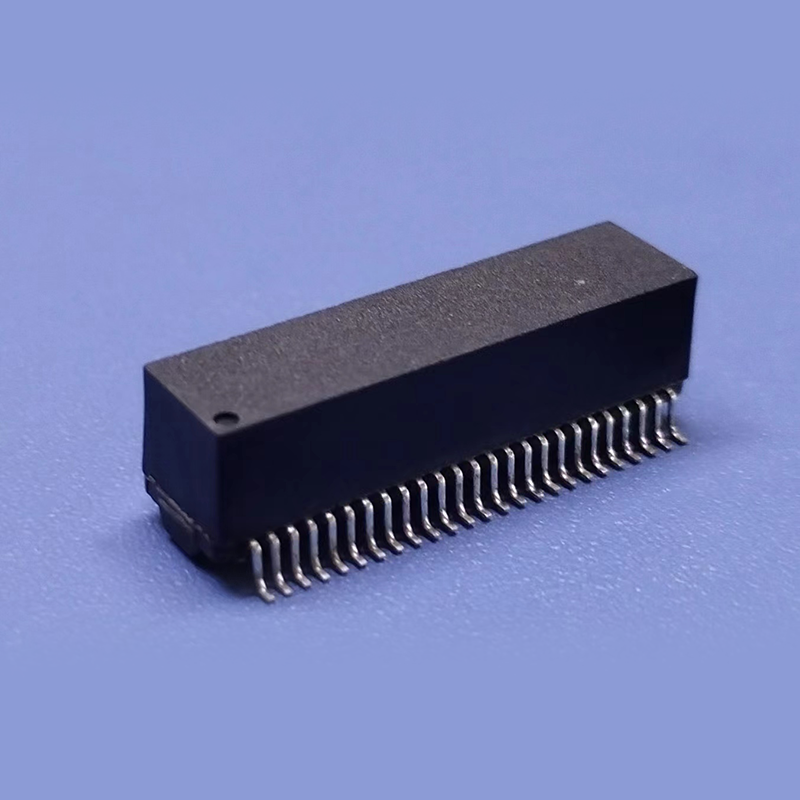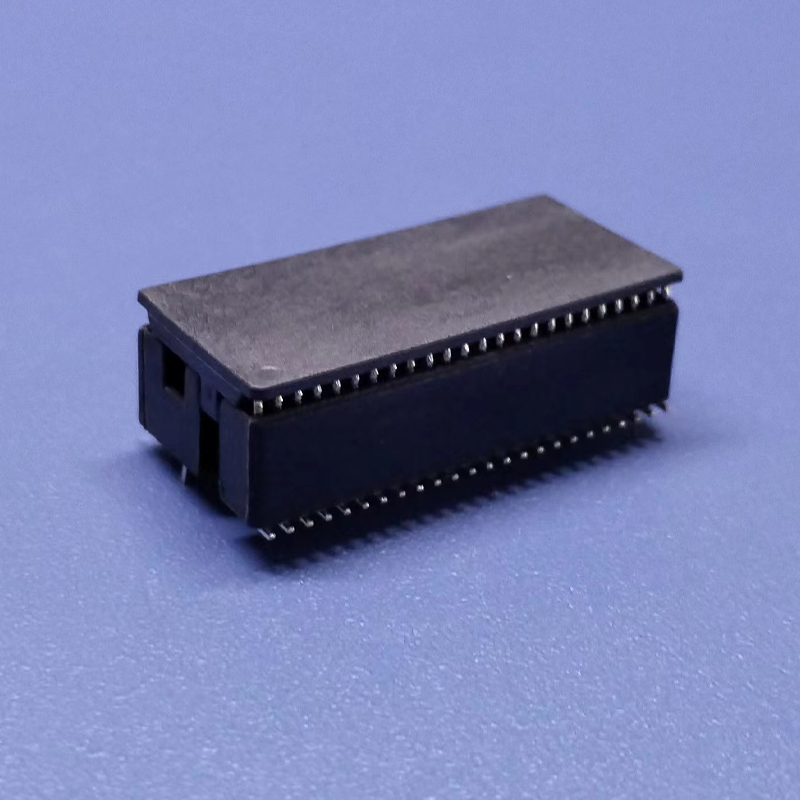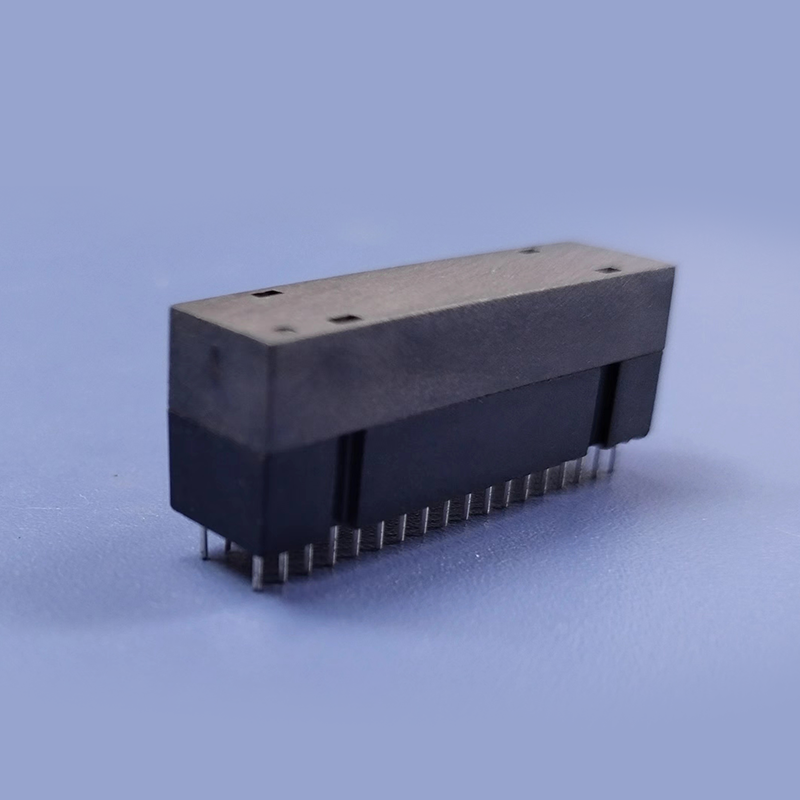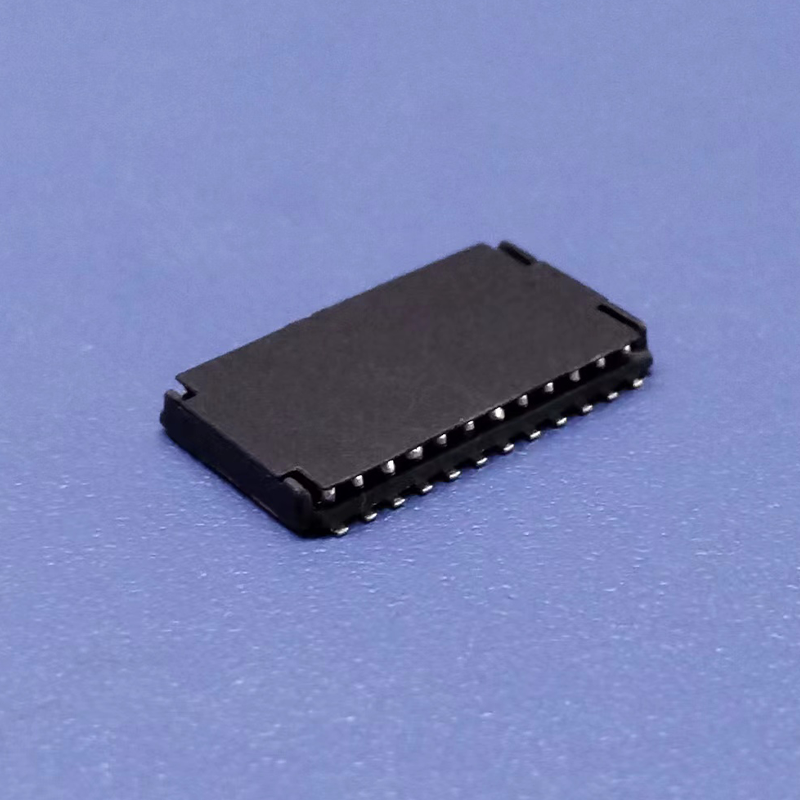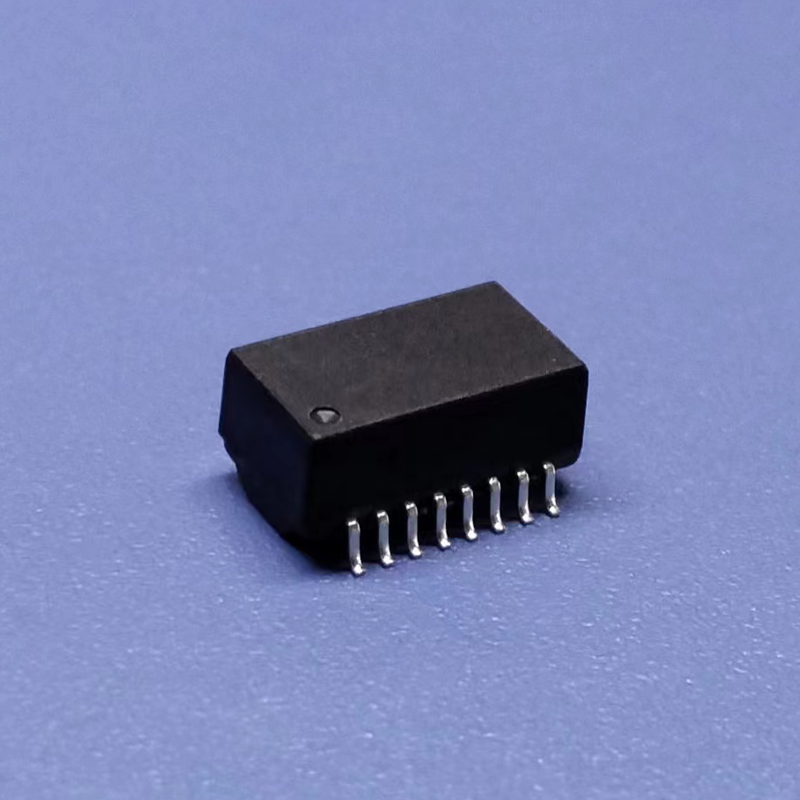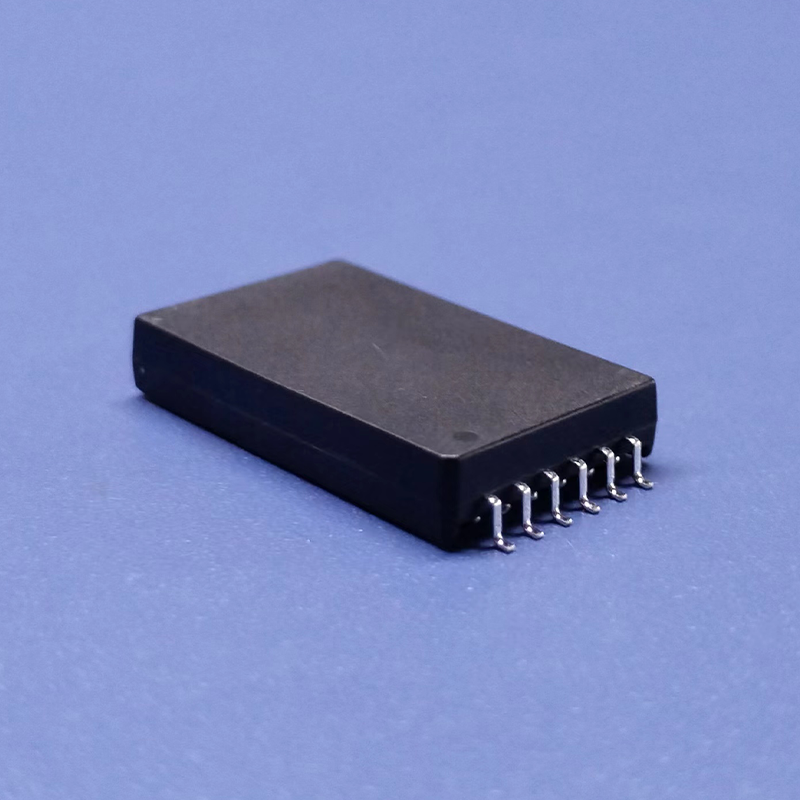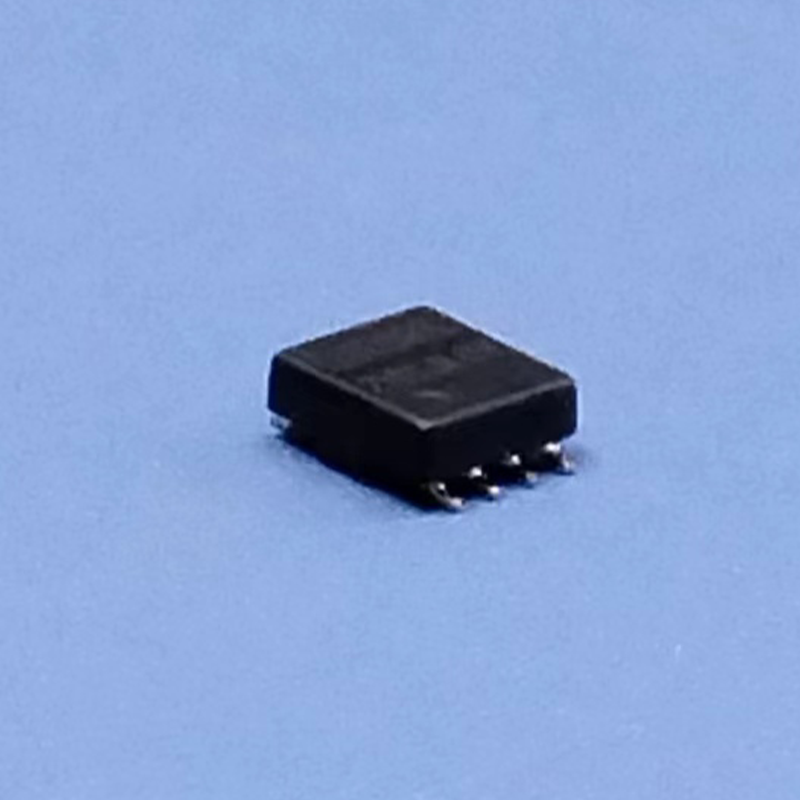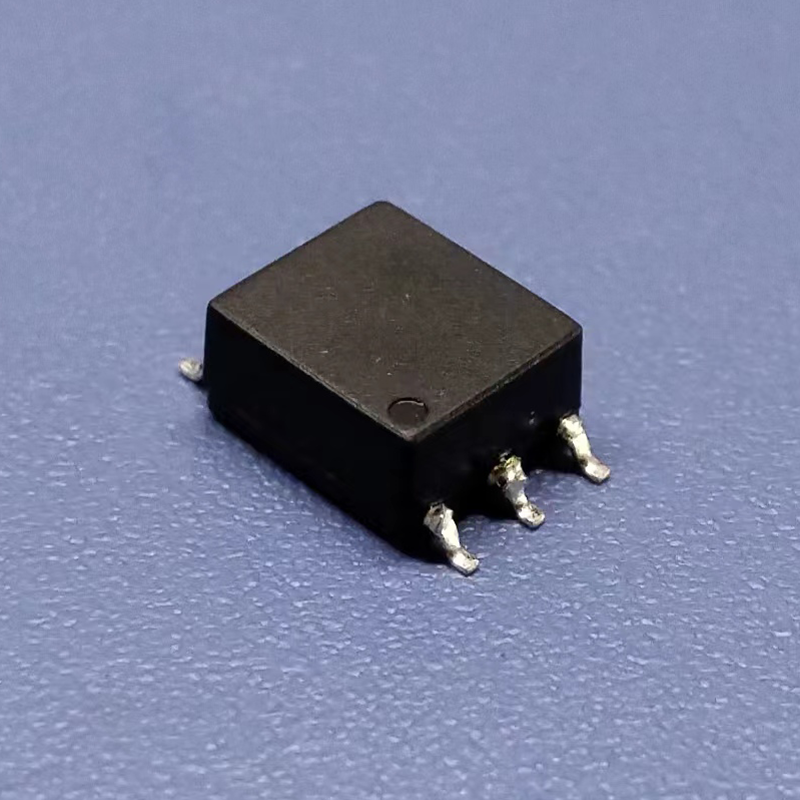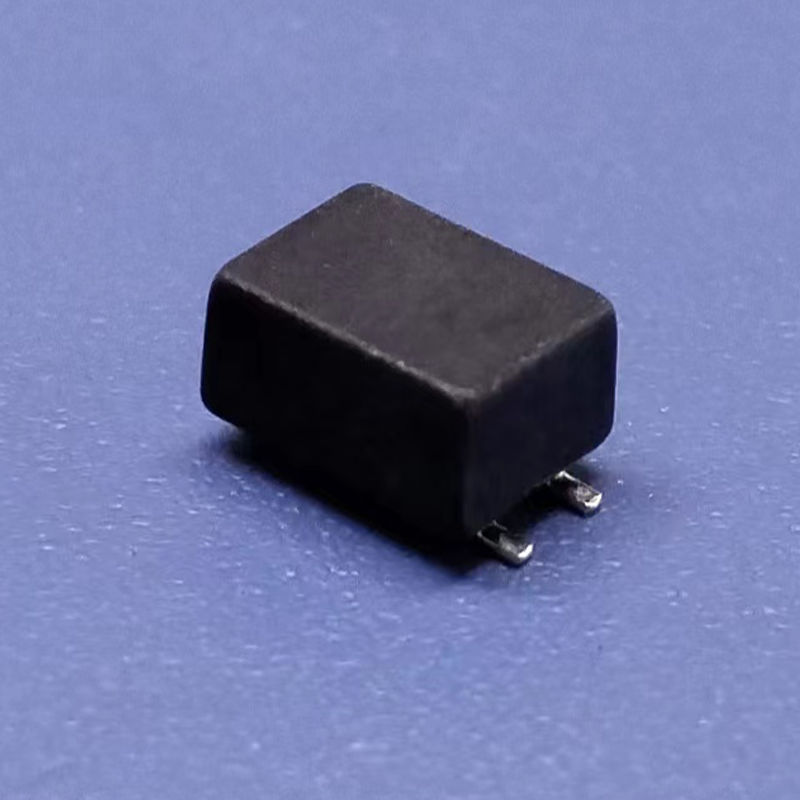Core applications: network transformers, chip inductors, power magnetic components
Network transformer
In today's rapidly developing digital age, network transformers in magnetic components serve as a bridge connecting electronic devices to the network world. They are primarily responsible for converting the electrical signals generated by network interface cards (NIC) into signals that can be transmitted over twisted pairs or optical fibers, playing the role of a 'translator' to convert the 'language' between different devices, enabling smooth communication.
Its main functions are:
1. Signal coupling and transmission: Transformers convert the electrical signals from the sending end into magnetic flux through electromagnetic induction, and then convert the magnetic flux back into electrical signals at the receiving end, achieving contactless data transmission and ensuring the integrity of the signals during transmission.
2. Electrical isolation: Provides physical layer isolation to prevent voltage fluctuations on data lines from damaging devices, increasing system safety.
3. Filtering and anti-interference: Effectively filters out interference signals, ensuring the purity and accuracy of data. Eliminates interference from external electronic devices on the transmission system and external electromagnetic interference (EMI) on the transmission system, as well as the impact of external factors like lightning on data transmission, ensuring the safety and stability of data transmission.
4. Compatibility and standards: Ethernet transformers comply with the IEEE 802.3 standard, ensuring compatibility with various Ethernet devices such as routers, switches, and network cards.
5. Network transformers can achieve impedance conversion between different devices to obtain impedance matching, ensuring that Ethernet data signals are not distorted during transmission, eliminating bit errors and data packet loss issues.
Application devices:Widely used in network switches, internet access servers, network cards, routers, hubs, enterprise network communication local area networks (LAN) and wide area networks (WAN) for data transmission and communication, cloud computing data centers, smart home systems, smart grid construction, industrial automation control, and other fields, injecting new momentum into the development and innovation of various industries.
Chip inductor
Function:Chip inductors are mainly used for signal filtering, noise reduction, current stabilization, and suppression of electromagnetic interference.
Application devices:Routers, servers, network cameras, tablets, network TVs, etc.
Technical characteristics:Chip inductors are produced using electromagnetic circuit design technology and precision automated winding technology, in line with the development trend of 'compact and lightweight' electronic products. In network communication, chip inductors can effectively filter out high-frequency noise and interference signals, improving communication quality.
Power magnetic components
Function:Power magnetic components play a role in voltage conversion, energy transfer, energy storage filtering, high voltage isolation or signal filtering, current stabilization, and suppression of electromagnetic interference in electronic circuits.
Application devices:Power supply devices, network communication equipment, etc.
Technical characteristics:Power magnetic components are made using special materials and winding methods, offering high efficiency and stability. In network communication, power magnetic components can ensure stable power supply and clear signal transmission.
Related Products

 CN
CN


